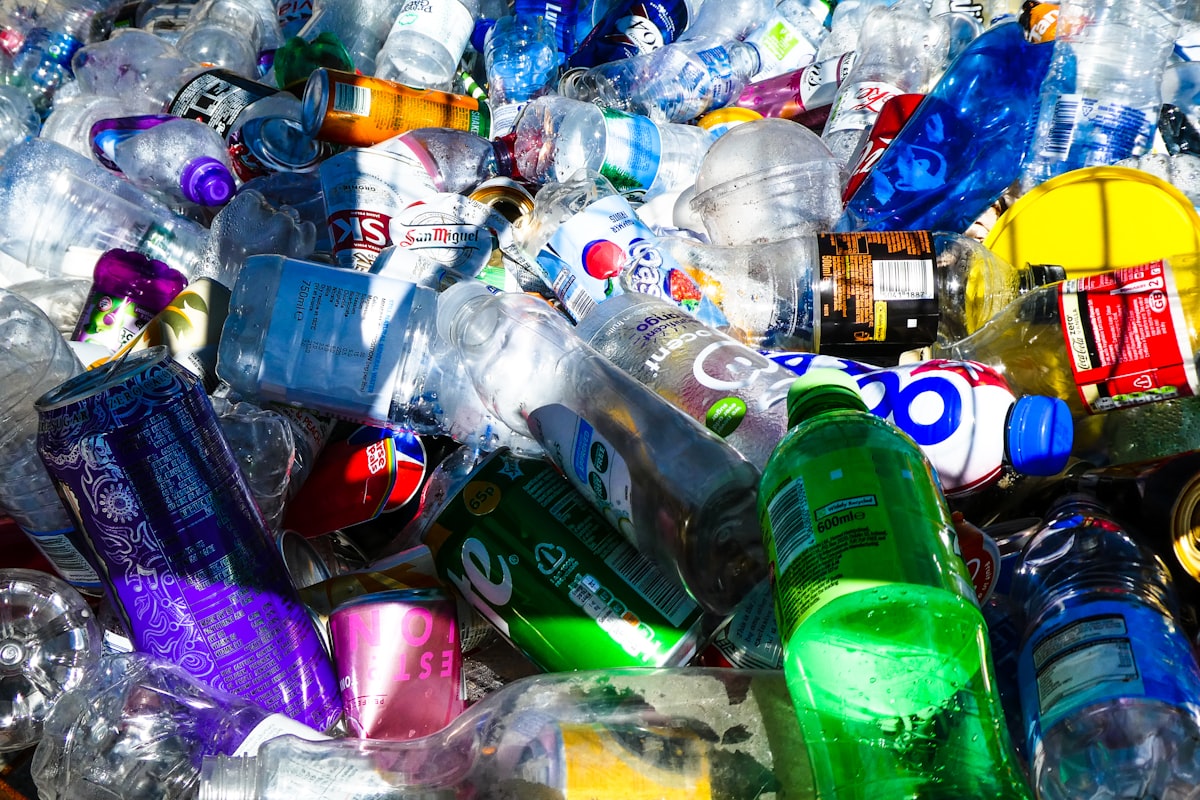Plastics: from the sea to your table
Can you imagine what happens to all those water bottles we throw away, where do the plastic bags from the supermarket or the disposable plates end up?

Plastic is widely used in our daily life, as it is resistant to corrosion by various substances, is a thermal insulator, does not conduct electricity, and, in addition, can be molded into various shapes. Look around you and you will notice the large number of objects made from this material.
Plastics are difficult to degrade in the environment; therefore, it is a worldwide pollution problem. It is estimated that 280 million tons of plastic are discarded each year, of which between 4.8 and 12.7 million reach the ocean. All this amount of plastic is kept floating on the surface of the water, forming large islands, which favors the accumulation of microalgae that, in turn, serve as food for various marine organisms. However, the organisms that reach these plastic islands can be severely affected by being trapped or ingesting plastic.
Marine currents, as well as temperature and other factors, cause the disintegration of the plastic found on the surface of the sea, leading to the formation of tiny particles called microplastics, whose diameter varies between 1 μm and 5 mm.
There are several studies about the presence of microplastics in surface waters of the ocean, but what is almost not known is what happens in deep waters. Recently, a group of researchers in the United Kingdom showed that at a depth of 2,000 meters there are about 71 particles of microplastics for every cubic meter of seawater, with polyester being the dominant polymer.
In addition, the researchers observed that some organisms can ingest various types of microplastics, although intake varies among species and individuals. This means that microplastics are not only present in the water, but also form part of the diet of various marine species, which causes a flow of these contaminants along the food chain.
Despite being a remote ecosystem, the ocean depths are vulnerable to anthropogenic pollution, with microplastics being another problem for the species in this ecosystem. Therefore, we should be more concerned about reusing or decreasing the consumption of plastics, as they could be part of your food in small quantities.
Mexico City prohibits the sale of single-use plastics
The sale of disposable cutlery, plates, and cups, as well as straws, cotton swabs, balloons, and coffee capsules, i.e. single-use plastics, is prohibited as of January 1, 2021, in Mexico City. The measure applies to all such products except those that are compostable. This measure is part of the Solid Waste Act, which includes other provisions aimed at eliminating single-use plastic products.
The main objective of this measure is to have responsible consumption, where the citizens of the capital are increasingly aware and stop using single-use plastics in order not to generate pollution in the city and the planet.
A year ago, the Mexican capital -- with 22 million inhabitants -- banned single-use plastic bags, although this last measure has not been well received in all sectors. The National Association of the Plastics Industry has assured that with this prohibition, up to 50,000 jobs are put in danger and it is expected that as a result of its entry into force, at least 50 companies will close.
According to data provided by SEDEMA, Mexicans use about six million tons of plastic per year. In the capital, about 13,000 tons of garbage are produced daily, of which only 1,900 are recycled.




